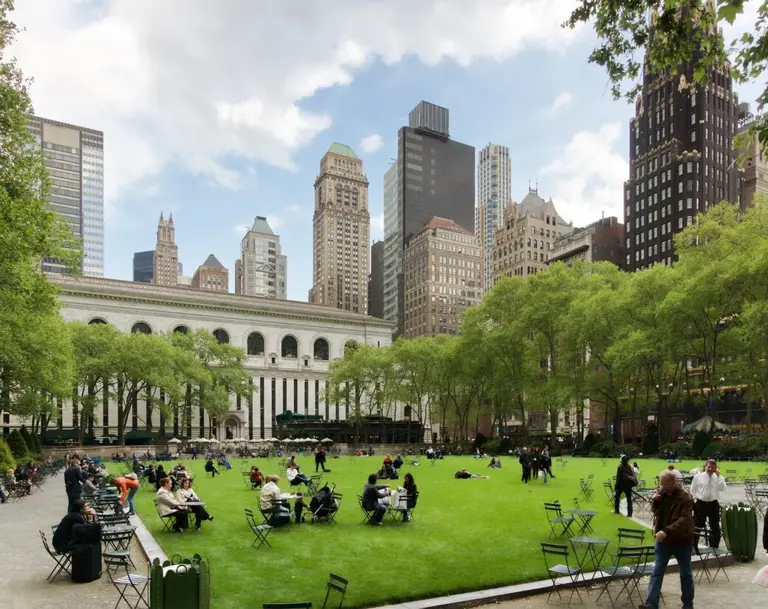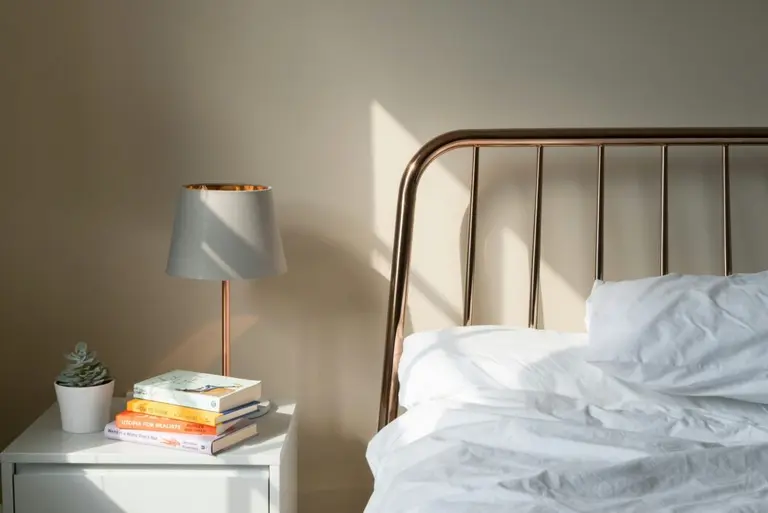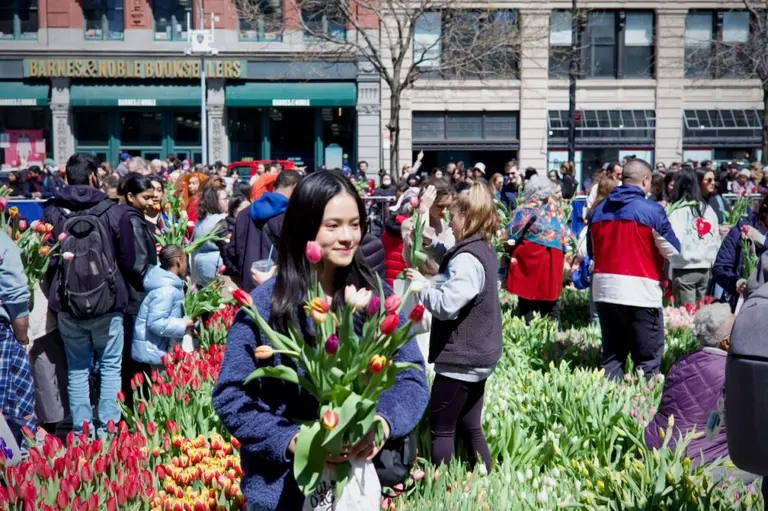13 simple ways to green your apartment

Photo by Altifarm Enverde on Unsplash
As climate change and environmental issues continue to be hot topics on a global scale, more and more people are trying to do their small part at home. To get some easy lifestyle tips on how to “green” your apartment right here in New York City, we spoke to an NYC-based zero-waste expert and an eco-conscious interior designer who filled us in on things like eliminating single-use items, saving energy, and composting.
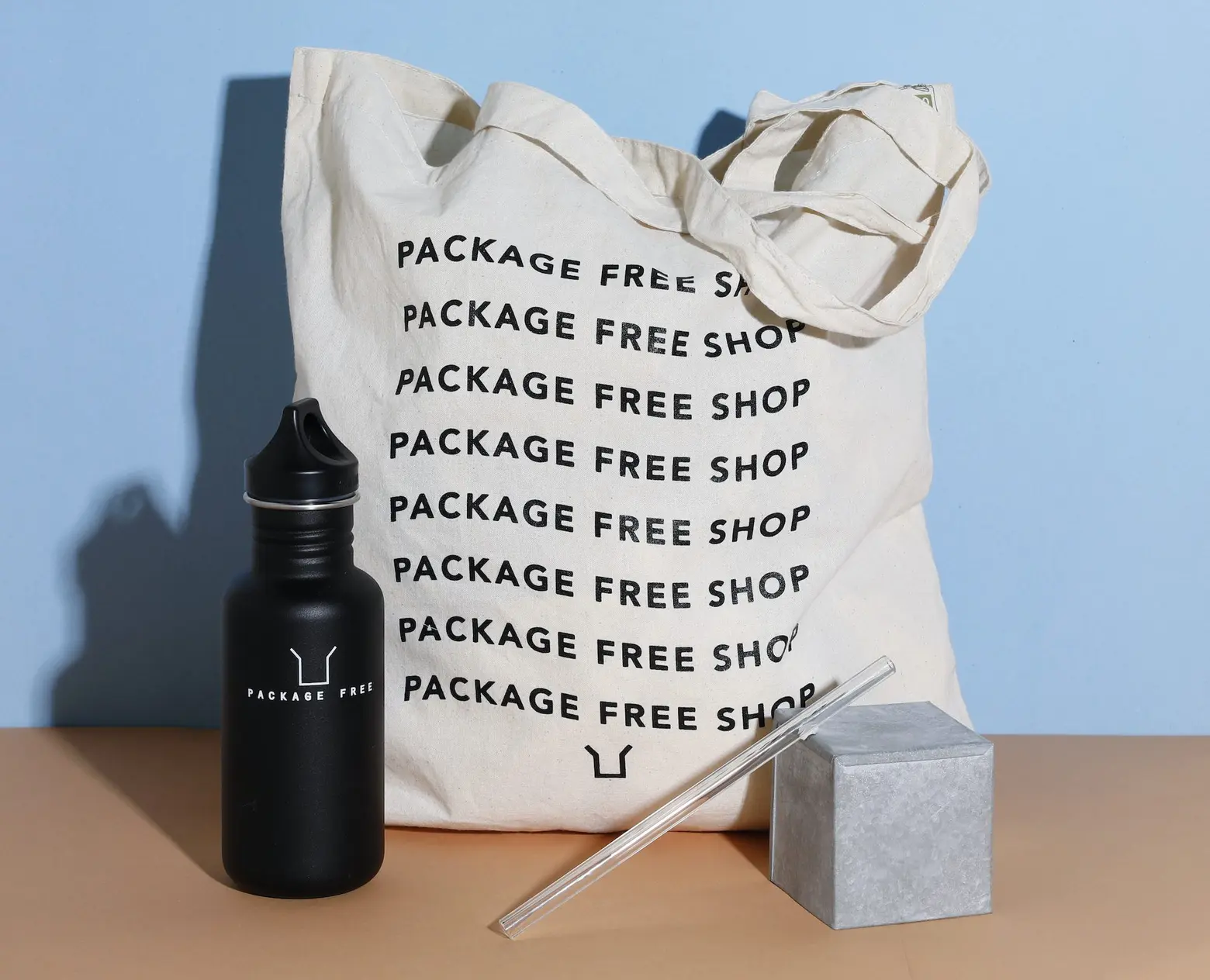 Some of the products available at Package Free. Some them here >> (Photo courtesy of Package Free)
Some of the products available at Package Free. Some them here >> (Photo courtesy of Package Free)
Interior designer Lauren Martin-Moro of LM Design Associates is seeing clients asking for things like sustainable paint and materials in their homes. But you don’t need to renovate your whole place to be a little more green. As Martin-Moro says, “Think small, think intentional.” There are plenty of quick and easy lifestyle changes you can make around your apartment to help the cause—even in New York City, which may not seem like the “greenest” place with buildings lit up 24/7, tons of traffic, and garbage cans overflowing on the street.
But even in this city, Lauren Singer is able to live a zero-waste lifestyle. Singer is a lifestyle influencer and writer who runs the site Trash is for Tossers; she also founded Package Free, an NYC-based store that sells sustainable products to help customers live a zero-waste lifestyle. For Singer, there are actually some eco-benefits to living in NYC: You can walk or bike everywhere; you have a small space to heat or cool; and there are more options for eco-friendly shopping.
“If you read the news about the environment, it’s incredibly depressing,” she said. “For a really long time, I was feeling upset and protesting and blaming everyone else, but I never took the time to look at myself and see what I can do to make an impact.”
Singer chose to go the zero-waste route in her quest to be better to the environment because reducing the release of methane gas into the environment has the greatest short-term impact, she said. Plus, personally, she said it made the most sense—more so than focusing on reducing electricity, for example. To reduce methane, Singer does not eat meat, does not use plastic, only uses natural and organic substances in the home, and tries to produce zero landfill garbage.
“You can’t go zero waste in a day, week, or month. You’re changing your habits. I think about it as little bits every day that accumulate over time. Start small, baby steps,” she says.
Here are some small “baby steps” you can take to “green” your apartment:
All of these products have been hand-selected by team 6sqft. We may receive a commission for purchases made through these affiliate links. All prices reflect those at the time of publishing.
1. Look in your garbage
You might be thinking, “Gross.” But taking a look inside your garbage can at the waste you produce is step one in becoming greener, says Singer. “See what you’re throwing away and pick something you could find an alternative for,” she offers. “Integrate that one thing into your life for a few weeks until you’re not thinking about it anymore.” An easy one could be water bottles. If you are still using single-use water bottles, replace them with reusable water bottles.
 |
Simple Modern 32-ounce Summit Water Bottle with straw lid, $22.99 at Amazon |
 |
Embrava Best Sports Water Bottle, 32-ounce, $21.95 at Amazon |
2. Eliminate single-use items
Speaking of single-use items, this is a big tip from both Singer and Martin-Moro. Singer said if she could eliminate one thing that’s harming the planet it would be single-use plastics like straws, bottles, and even plastic feminine hygiene products. Try replacing plastics around your home with reusable alternatives.
Martin-Moro is a big fan of refillable glass bottles for hand and dish soaps and recycled mason jars for dry goods and spices. Singer recommends replacing a plastic toothbrush with a bamboo toothbrush and replacing plastic wrap with beeswax wrap.
3. Compost
While you’re taking a look in your garbage, it also makes sense to consider how much of what you’re sending to the landfill could actually be composted. Items like coffee grounds, banana peels, and vegetable skins are some of the most common compostable items. You could purchase a very reasonable table-top composter, but to start off, simply fill old plastic containers with the food scraps and bring them to one of GrowNYC’s 70 Food Scrap Drop-off sites.
 |
Oxo Good Grips, 0.75 gallon, easy-clean compost bin, $19.99 at Amazon |
 |
iTouchless stainless steel compost bin, 1.6 gallon, with odor filtration system, $32.16 at Amazon |
4. Shop vintage and homemade
“A leading principle of our interior design studio in regards to sustainability is sourcing many, if not the majority, of furnishings, rugs, lighting, art, and accessories by scouring flea markets, vintage/antique stores, and estate sales,” says Martin-Moro.
Shopping vintage is a great way to recycle and do your part to cut down on mass production. Singer likes to shop Craigslist, Etsy, Chairish, and the Real Real for furniture and decor. She also says to just talk to friends and neighbors to see if anyone is looking to get rid of any items you might want. And shopping vintage isn’t just good for the planet, it’s good for the overall look of your apartment. “When I started living zero waste, most people didn’t know, and they were like ‘you don’t look like a stereotypical hippie,’” said Singer. “You don’t have to sacrifice style.”
Martin-Moro echoes this sentiment saying that by shopping vintage, “you can add a fun one-of-a-kind conversation piece to your rooms that you can guarantee your friends won’t have. “Vintage or found items add patina, soul, and character to our modern spaces.”
5. Eliminate synthetic materials
Singer uses organic, natural materials for her bedding and textiles and clay, wood, and metal for furniture and decor. Not only is it better for the environment, but “it’s more aesthetically pleasing,” she said. And it’s better for your health; “you don’t want to sleep in plastic,” she says.
 |
Queen-sized bamboo sheet set, $99.99 at Amazon |
 |
12-pack of 100% cotton tea towels, $23.99 at Amazon |
6. Repurpose old clothes
At the moment, Singer says the textile recycling system leaves much to be desired, and she hopes one day we can compost out old textiles. But for now, Martin-Moro repurposes her old clothes and textiles as rags for cleaning.
7. Use eco-friendly cleaning products
Singer does not bring toxic chemicals into her home, so she makes her own cleaning products out of organic household items like white vinegar. “I’ve been doing it for eight years, and home is just as clean as ever,” she said.
Martin-Moro has made the transition to eco-friendly detergent strips for her laundry that dissolve in the wash. She also uses a dryer ball that captures harmful micro-plastics released from clothing that get flushed into the waterline.
 |
Tru Earth laundry detergent eco-strips, $14.95 at Amazon |
 |
Six-pack of organic, reusable wool dryer balls, $13.49 at Amazon |
8. Request eco-friendly take-out containers
Take-out is a big part of the culture in NYC. If you’re someone who lives Carrie Bradshaw-style, storing shoes and sweaters in the oven rather than actually using it for cooking, chances are take-out is a part of your life. “Take-out has a bad rep because people think of plastic containers and plastic bags,” said Singer. “Hopefully in the future, there will be reusable containers.” But you don’t need to stop ordering in, just be more mindful about it. Singer says there are restaurants out there that deliver completely plastic-free, and you can always call and ask about it.
9. Shop with reusable bags
This is a no-brainer. If you are still taking plastic bags home from the grocery store, try and get into the habit of bringing a reusable bag with you.
 |
10-pack of colorful, machine-washable reusable grocery bags, $17.99 at Amazon |
10. Conserve energy
“I always think of the basics my mother told me when growing up to help me practice environmental mindfulness,” said Martin-Moro. “Turn off the water while teeth brushing, turn off lights when you leave a room or the house, turn the heat down a few degrees in winter, open windows to limit A/C in the warmer seasons.” ConEd also offers a SmartAC program where you can connect your window air conditioner to WiFi and then your smartphone so that you can monitor the temperature even when you’re not home (this comes in handy when you must keep the AC on for pets).
She also tried to cut down on electric lighting in the evenings and instead lights candles. “It helps our bodies adjust and self-regulate our circadian rhythms for increased deep sleep and renewed morning energy,” she says.
 |
Nine-pack of LED pillar candles, $19.99 at Amazon |
11. Switch out your light bulbs
This is a simple one; switch out the CFL light bulbs your apartment likely came with for LEDs. They can last for up to 25,000 hours as opposed to CFLs which typically burn out after 8,000 hours. LEDs also use half the amount of watts.
 |
Sylvania 24-pack LED lights, $23.46 at Amazon |
12. Get houseplants
Houseplants not only look great and freshen up your space, but they actually improve air quality. The snake plant, for example, was named as one of the top air-purifying plants by NASA’S clean-air study. Martin-Moro recommends having some fresh, potted herbs in the kitchen as well to inspire cooking. If you don’t have a good windowsill to grow them on, consider one of the many table-top hydroponic gardens that require no soil, just water, and come with a built-in grow light.
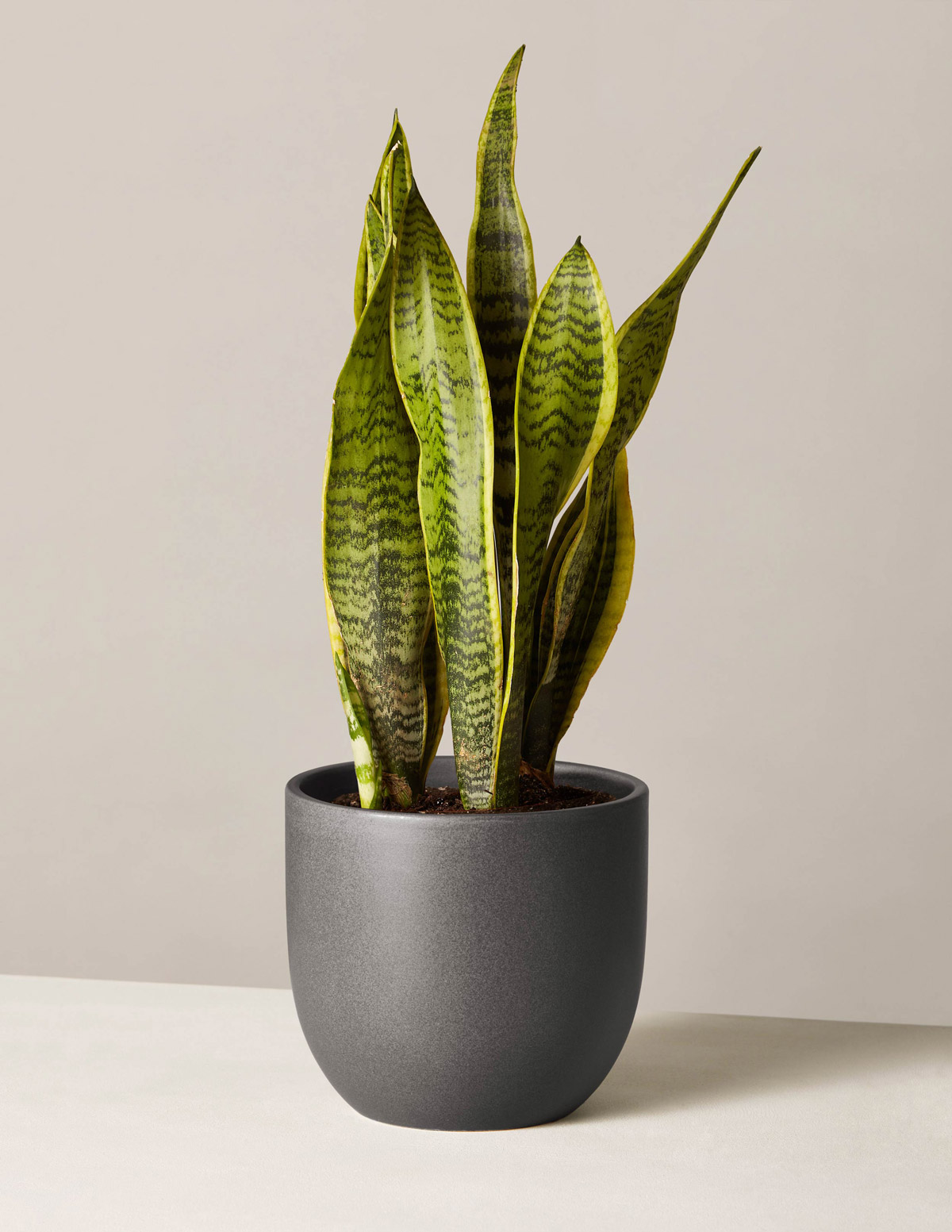 |
Snake Plant: Laurentii – from $33 at The Sill |
 |
Hydroponic herb garden, $98.99 at Wayfair |
 |
Nine herb window garden, $34.99 at Amazon |
13. Shop local
One of the downsides of living in NYC, says Singer, is you most likely don’t have the space for a full vegetable garden. But you can always join a co-op or shop at a local farmers market. “Shopping local helps your community, supports nearby farmers, and helps the environment by lessening transportation pollution,” adds Martin.
Editor’s Note: This story was originally published on January 21, 2020, and has been updated.
RELATED:








